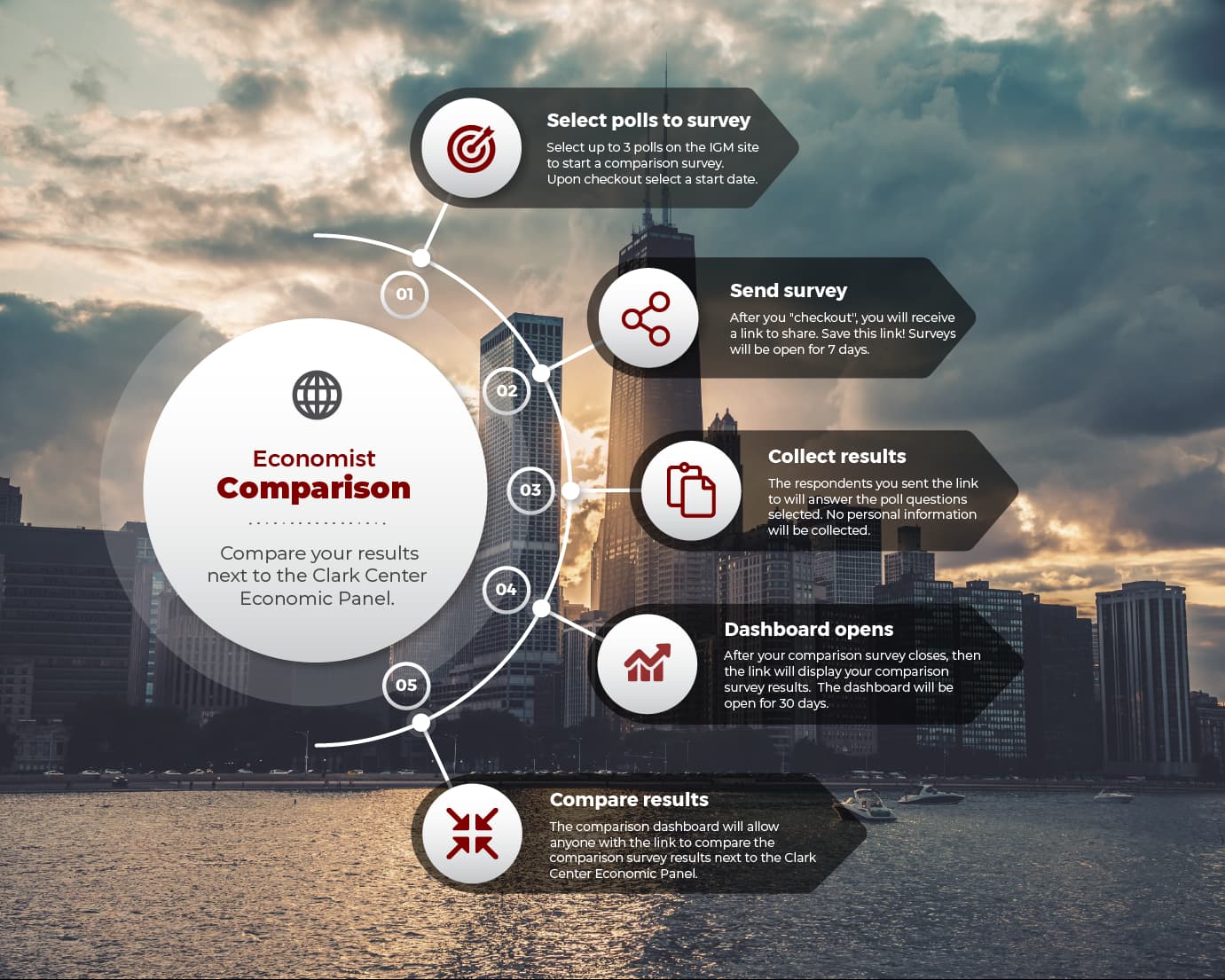American cities have a long history when it comes to fire. As the historian Daniel Immerwahr noted in a fascinating and beautifully written (and also open access) journal paper last year, the great circus master P. T. Barnum listed five occasions in his memoirs when his circus, museum or home was destroyed by a blaze. And that was not counting several near misses.
At a time when Western Europe had mostly switched to building in brick, the rapidly industrializing United States of the nineteenth century was well endowed with cheap wood and used it as the material of choice wherever possible. The predictable result, as Immerwaht notes, was an urban history littered with great conflagrations.
Although fully measuring fire’s toll is impossible, we can tally major fires, ones large enough to destroy twenty or more structures or cause more than $200,000 (unadjusted) in damage. Such fires made national news and seared themselves into local memory. In the 1850s, the country endured infernos of that size, on average, at least 1.5 times a month.22 And they kept coming, including city-wrecking conflagrations in Charleston (1861: 1,300 buildings), Portland (1865: 1,500 buildings), Chicago (1871: 17,450 buildings), Boston (1872: 750 buildings), Galveston (1885: 550 buildings), Seattle (1889: 550 buildings), Bakersfield (1889: 200 buildings), Spokane (1889: twenty-five blocks), Bismarck (1898: hundreds of buildings), Jacksonville (1901: 1,700 buildings), Baltimore (1904: 2,300 buildings) and San Francisco (1906: 28,150 buildings).
This far outstripped what Western Europeans experienced. If in the 1850s the United States suffered fires destroying twenty or more buildings once every two or three weeks, England, with a similar population size, suffered them in its provincial towns once every two or three years (‘provincial’ meaning other than London, though London’s large fires had largely stopped by the 1830s).
This week, KCC, a catastrophe risk modeling firm, estimated that the insured losses from this month’s fires would be around $28 billion, making them the costliest in US history to the insurance industry.
The scale of the damage and the worrying realization that such fires may well become more common in the future have raised large questions about the cost and provision of insurance in California.
In a pair of statements, one before and one after the fires, California’s State Insurance Commissioner introduced some major changes to the property insurance system for the state.
The first, as the statement noted, attempted to expand coverage in areas prone to wild risk risk:
All homeowners insurance companies must increase the writing of comprehensive policies in wildfire distressed areas equivalent to no less than 85% of their statewide market share, whereas there is no current legal requirement today for insurers to provide any coverage in high-risk areas. Companies will have to continue to increase by 5% every two years until they meet this threshold.
Whilst also moving to impose caps on costs.
The second put in place a moratorium on canceling and not renewing policies in the affected areas:
…calling on all insurance companies to stop any pending non-renewals or cancellations for any properties located near wildfires, if they are not already protected by the mandatory moratorium. This includes non-renewals issued up to 90 days prior to January 7, but taking effect after the start of the wildfires. This pause on non-renewing and cancelling policies would last six months as impacted communities begin the recovery process.
Whilst the policy aims here are obvious, the impacts could well be counter-productive. This week the Clark Center’s US and Finance Experts Panels both weighed in on the new framework.
The panels were asked whether “In the face of growing wildfire risks, price caps on insurance premiums have substantially reduced the viability of private property insurance markets in California.” Weighted by confidence, more than 90% of respondents to both polls either agreed or strongly agreed.
Secondly, and turning toward the post-fire statement, the panels were asked if “a mandatory one-year moratorium on insurance non-renewals and cancellations would lead to a substantial longer-term reduction in the supply of private home insurance products and the number of households that are insured against catastrophic risk in areas of California affected by recent wildfires”.
Whilst uncertainty levels were higher here, there was again board agreement from the experts on both panels that this was likely to be the case.
Ralph Koijen, of Chicago Booth, helpfully pointed to two recent papers on the economics of climate insurance. Economic theory, as the panelists noted, suggests that if insurancers are prevented from charging premiums that adequately reflect the risks being run then their rational response will be to exit the California market. The end result will be less private insurance, greater losses for households, and more risk that governments are forced to step in after disasters.
As several panelists noted, the parallels with increased hurricane risks in Florida (the topic of a previous column) are noteworthy.
As the frequency, and costs, of natural disasters rise these sorts of policy questions will become ever more acute. As an excellent Briefing in the Economist last year concluded (paywall):
Yet the longer governments protect homeowners from the risks the larger they become. Vulnerable places like Miami grow even as climate change intensifies, with new arrivals assuming that taxpayers will defray the ballooning future costs. At some point, that assumption will become untenable, with unpredictable consequences. Climate change is often cast as something happening to other people, in faraway places and in desperate circumstances. But for much of the rich world, the costs are starting to come home.
This is unlikely to be the last time the Clark Center’s Panels are asked to grapple with the economics of disaster.

